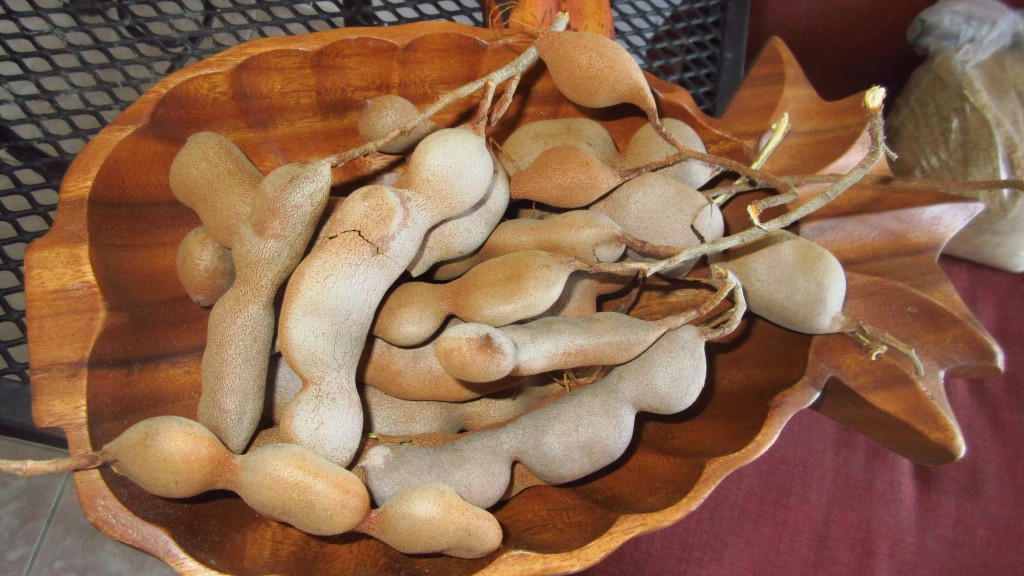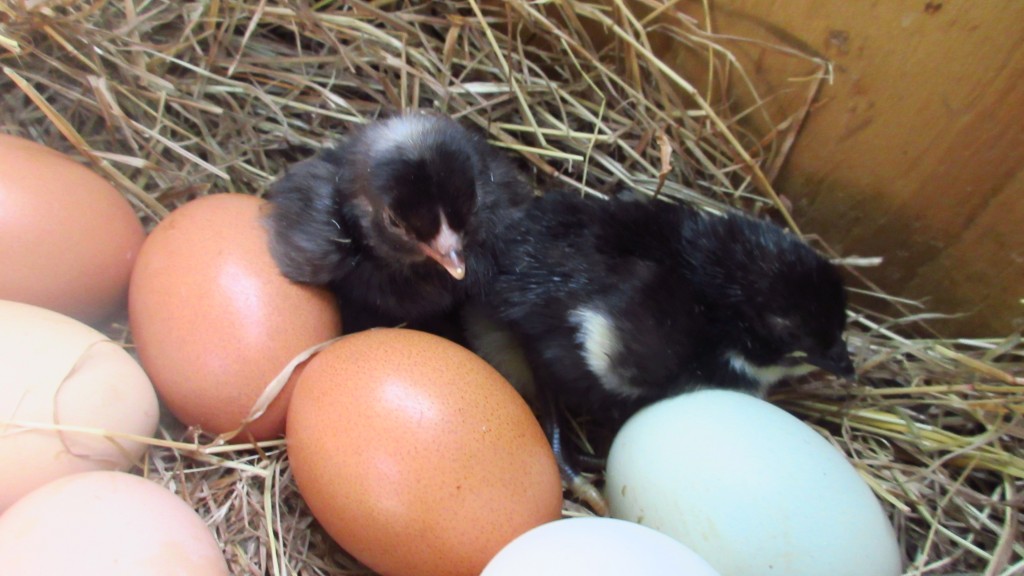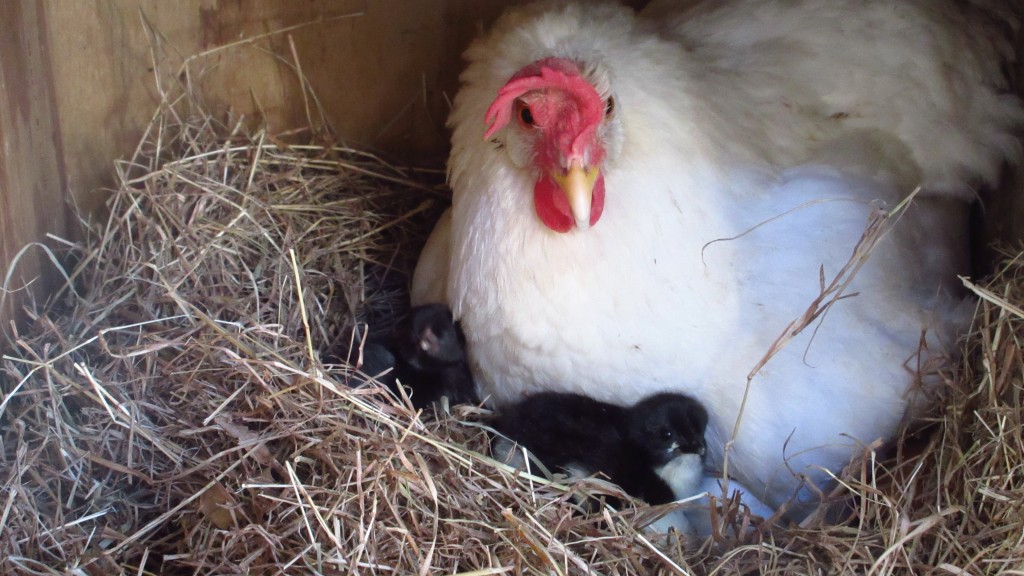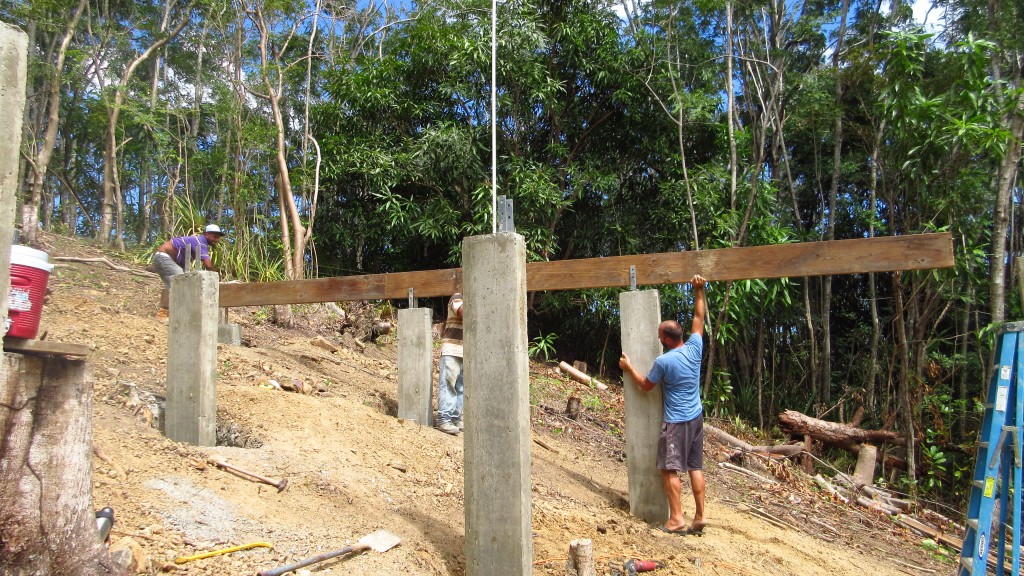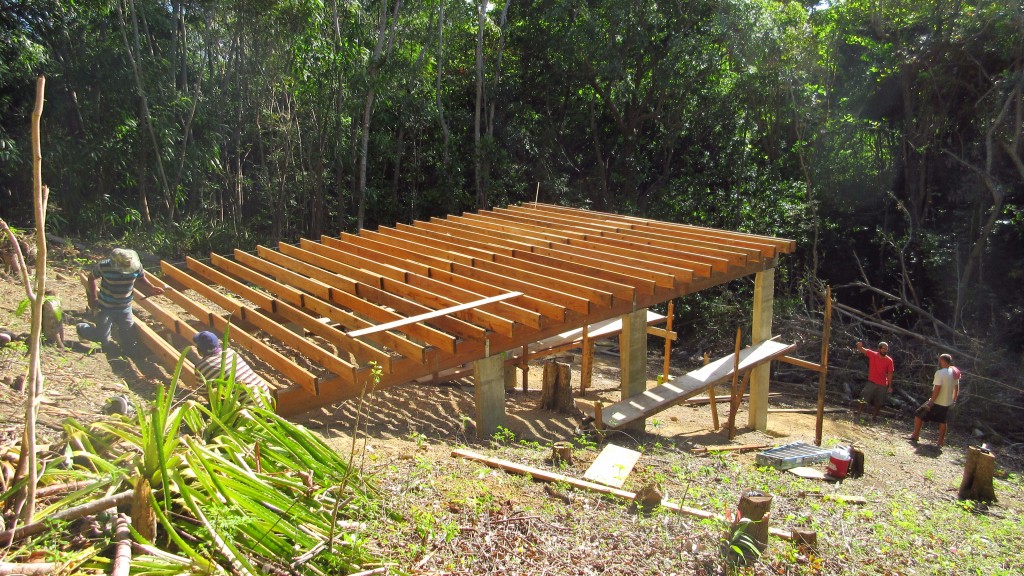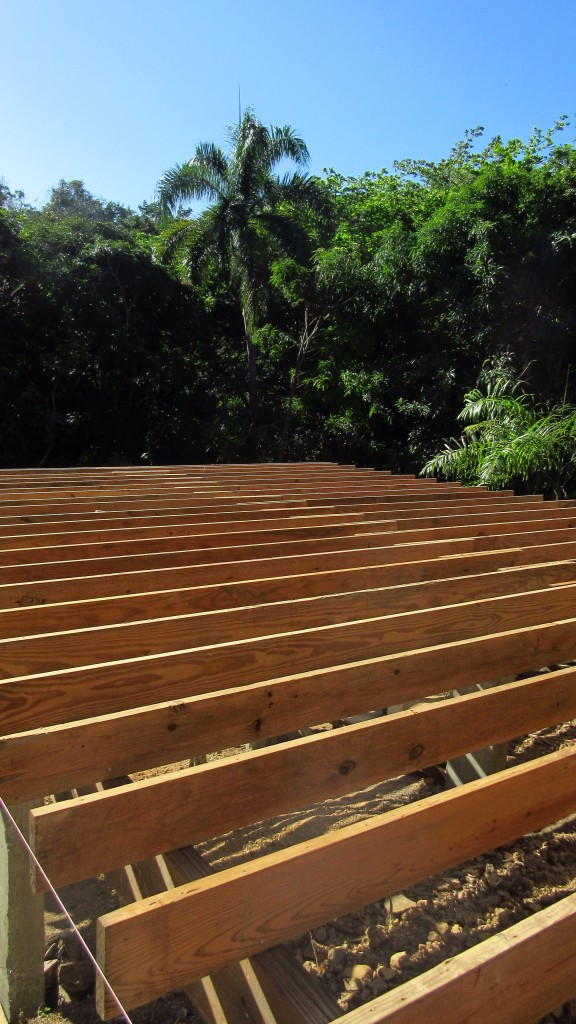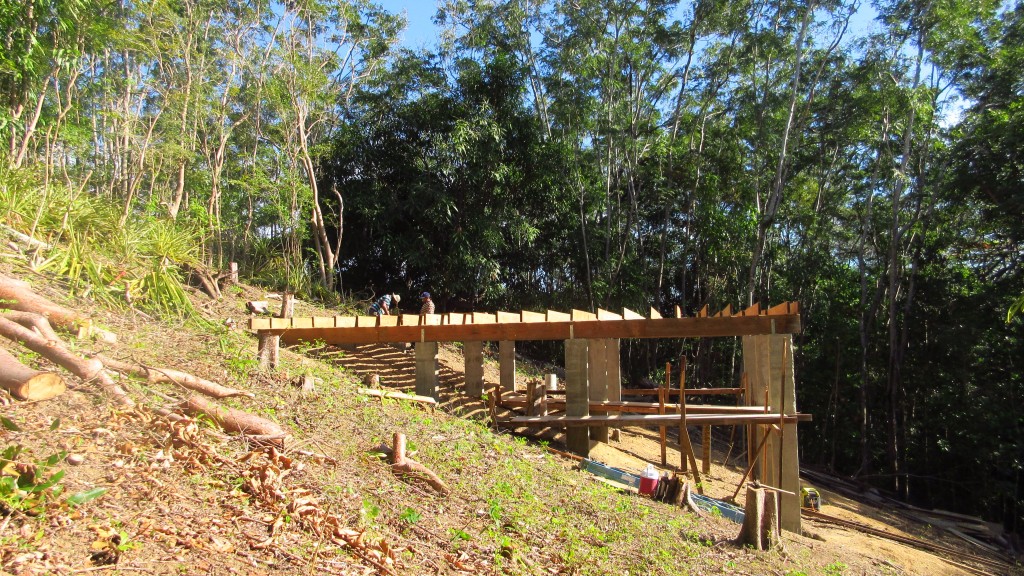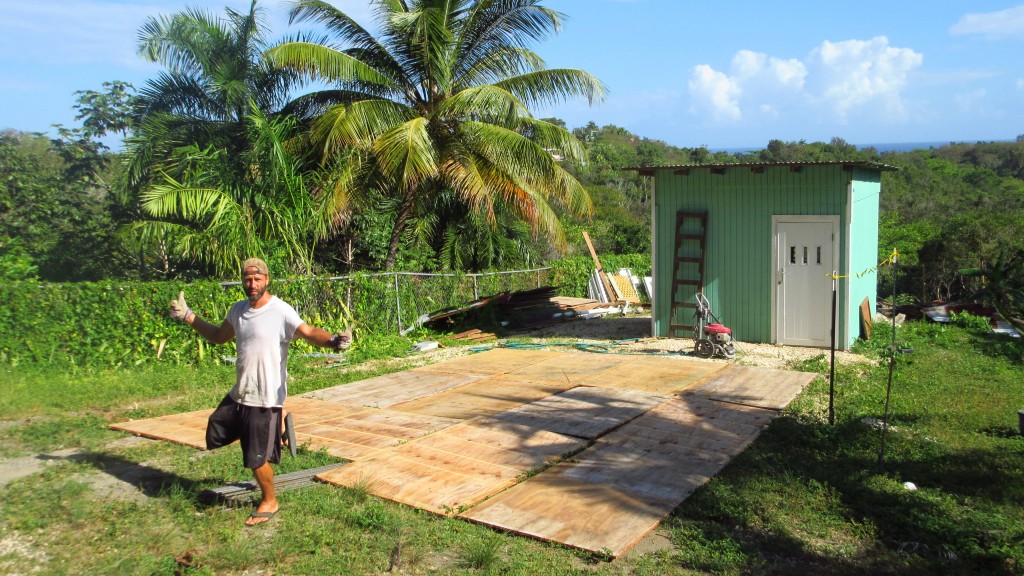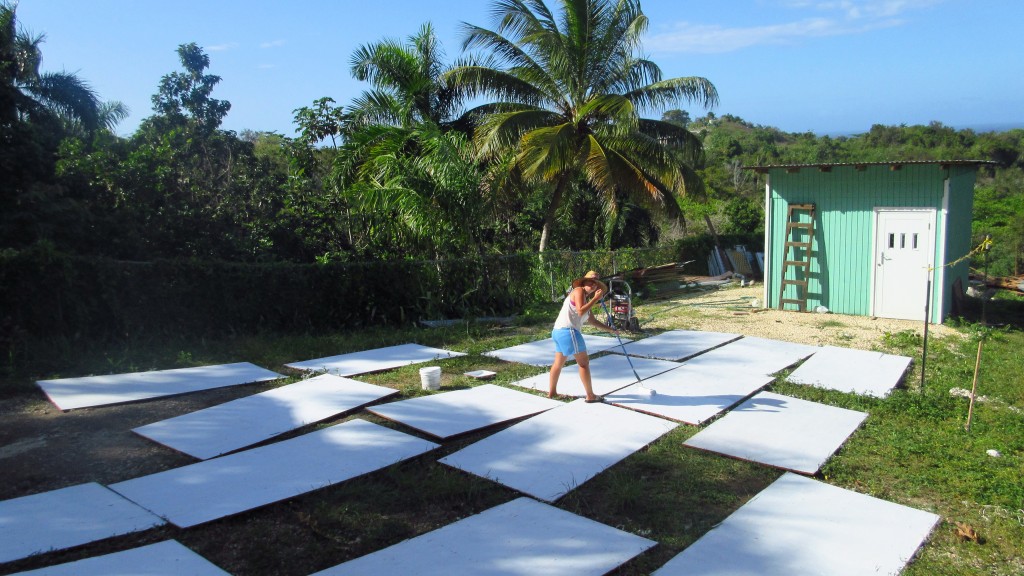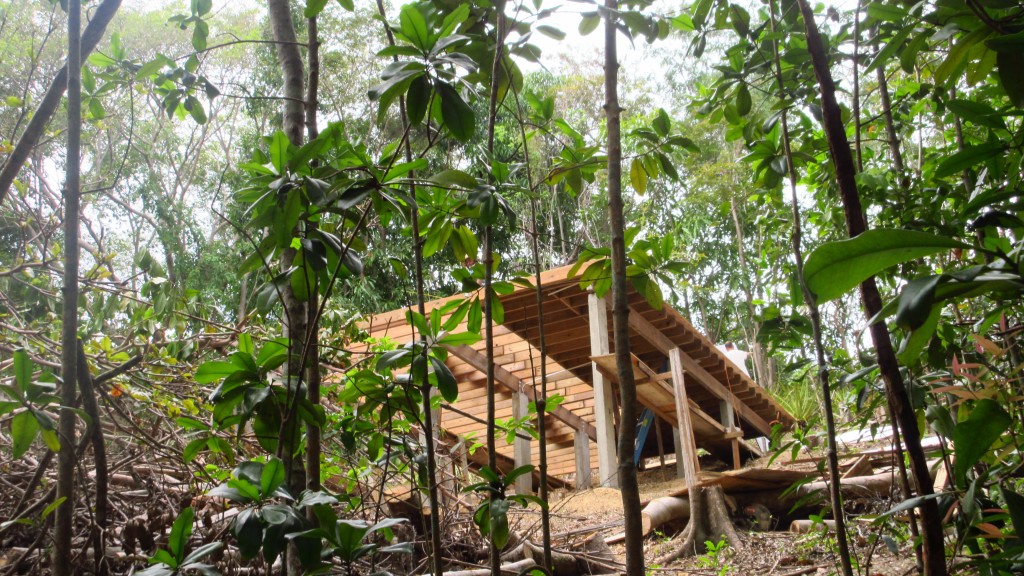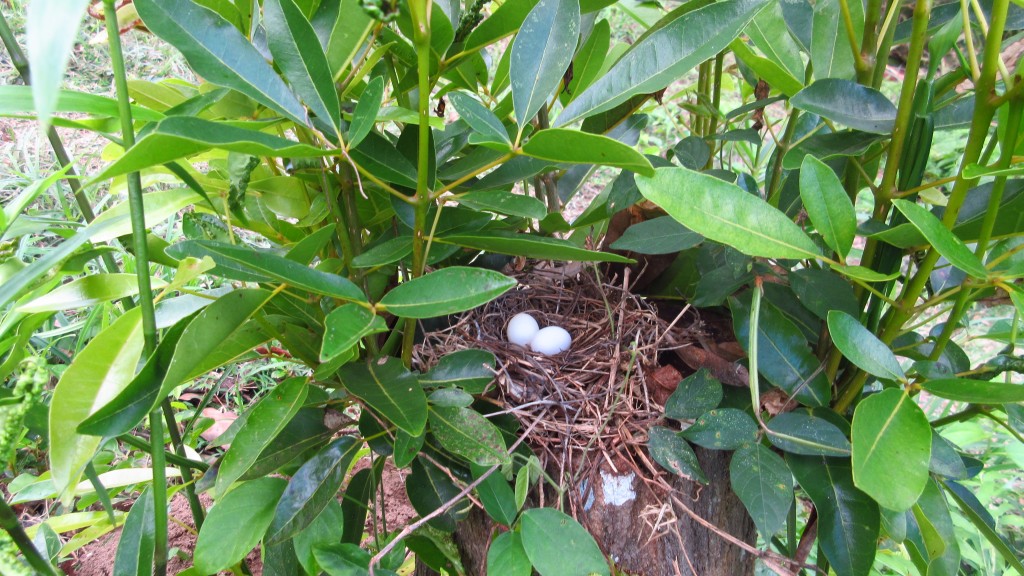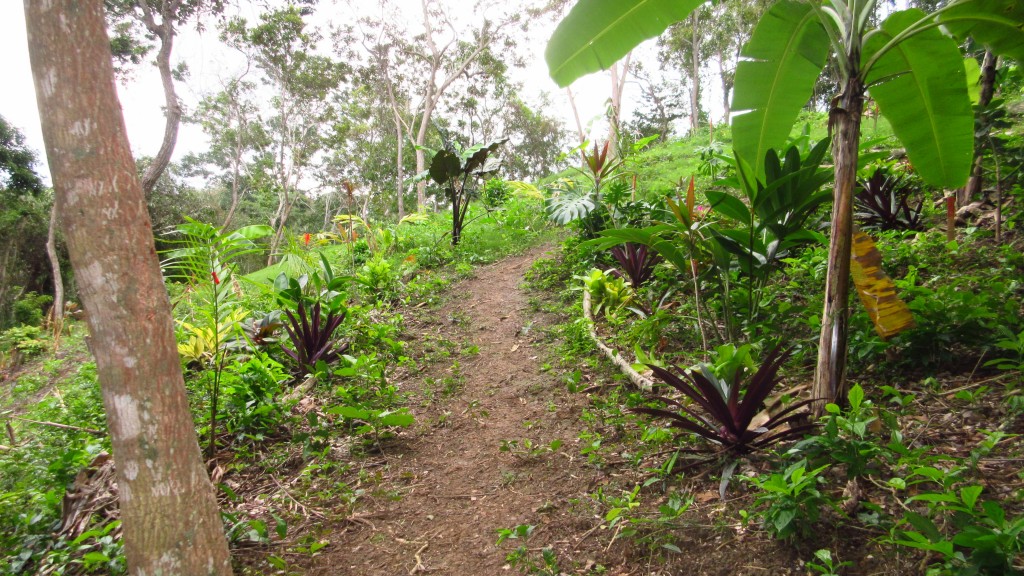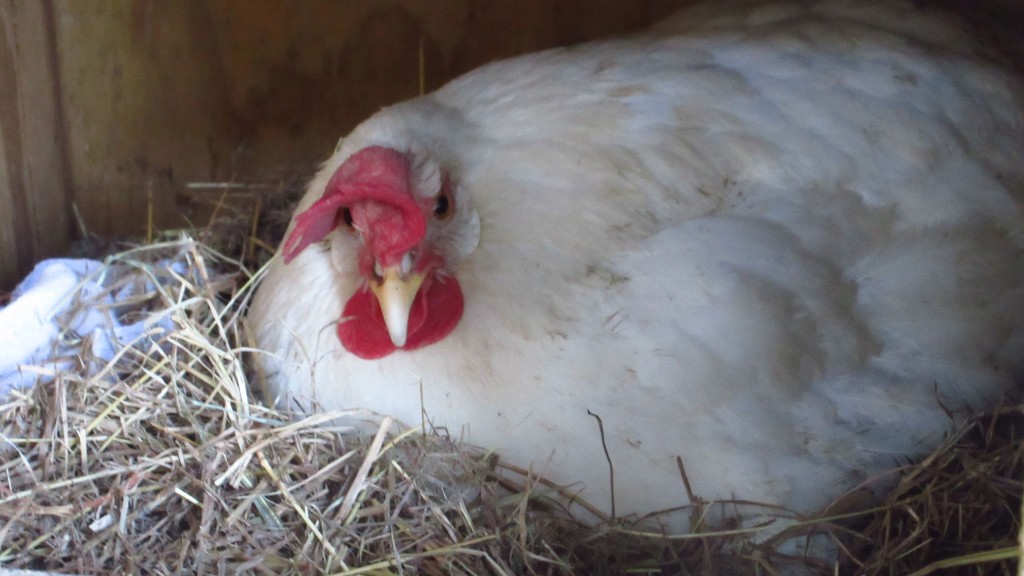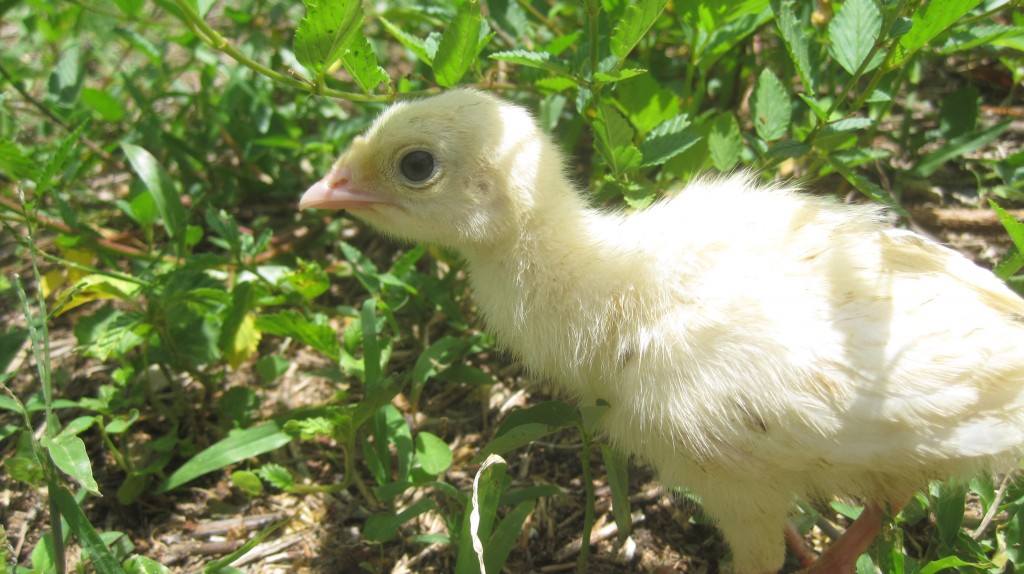One of our new favorite snacks is tamarind or tamarindo in Spanish!
We really had never seen or eaten tamarind before, but wow, what a treat! It’s like candy growing right off the tree. It tastes a bit like a chewy sweet tart candy. You just pull the fruit off the tree, crack it open and suck the jelly off the seeds. You can also make juices, candies or sauces with the pulp. I prefer to just eat it straight from the tree.
It is currently in season here in Puerto Rico and we have two or three big trees right here on the property. We are always amazed by the wide variety of tropical fruit here, but even more so we are amazed that these great fruits aren’t more common in the stores in Puerto Rico! So many things can be grown here (and are!) but they just don’t make it through the “normal” distribution chains. You’ll see things like this tamarind from Thailand sometimes before you’ll see the local Puerto Rican variety! It’s crazy!
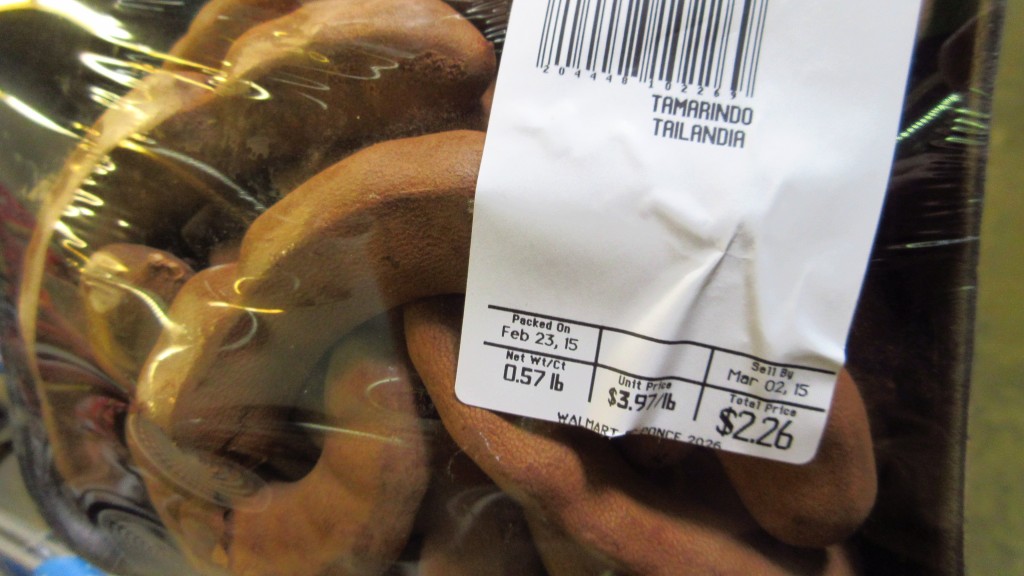
Tamarind all the way from Thailand in a Puerto Rican Wal-Mart!
That’s why we get a lot of our Puerto Rican produce at the little fruit stands or just grow it ourselves. We made a short little video that shows how to identify both the tree and the fruit and how to tell if it is ripe or not. Enjoy!

